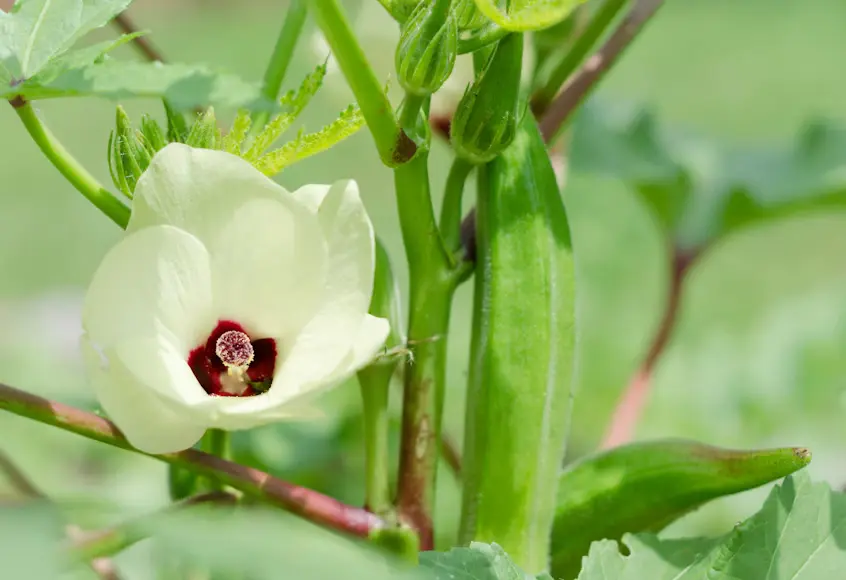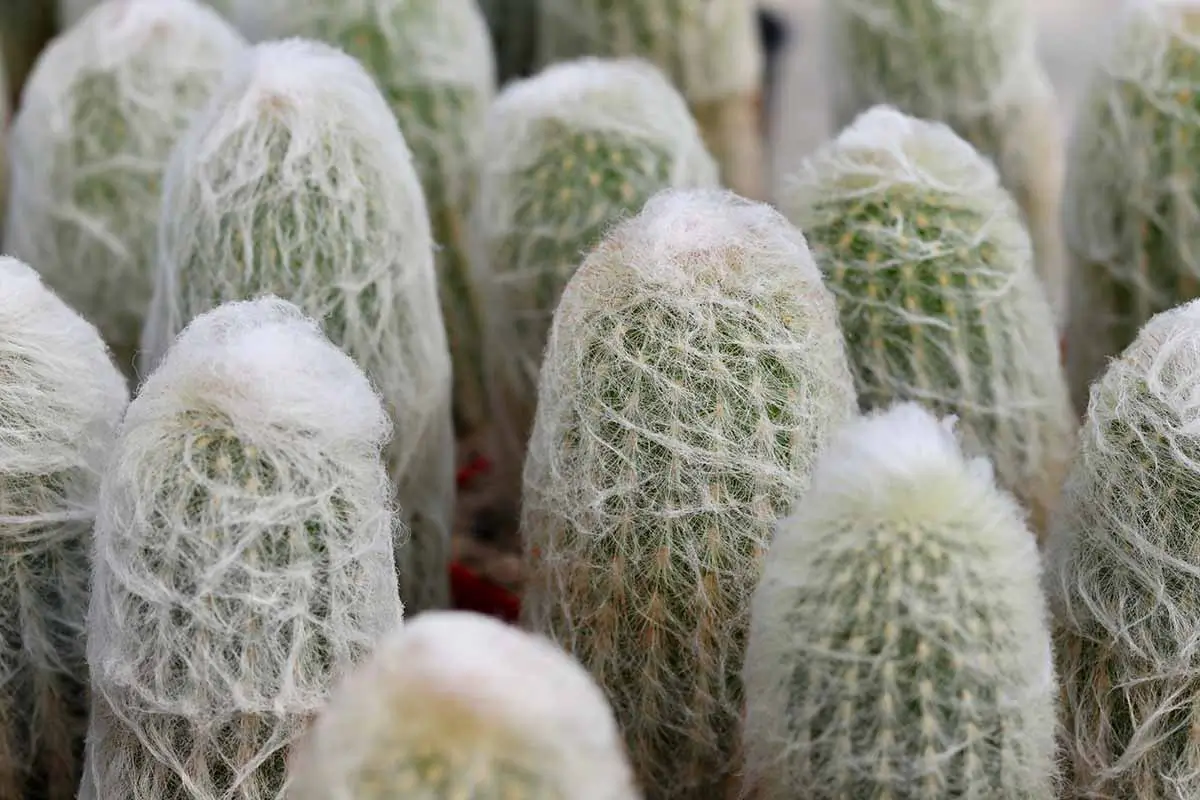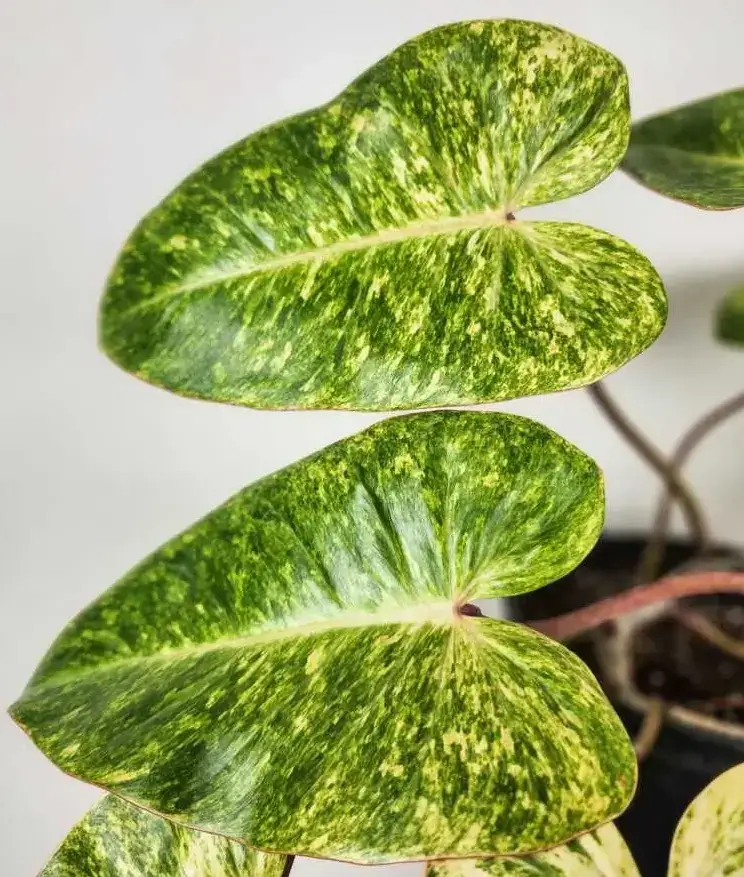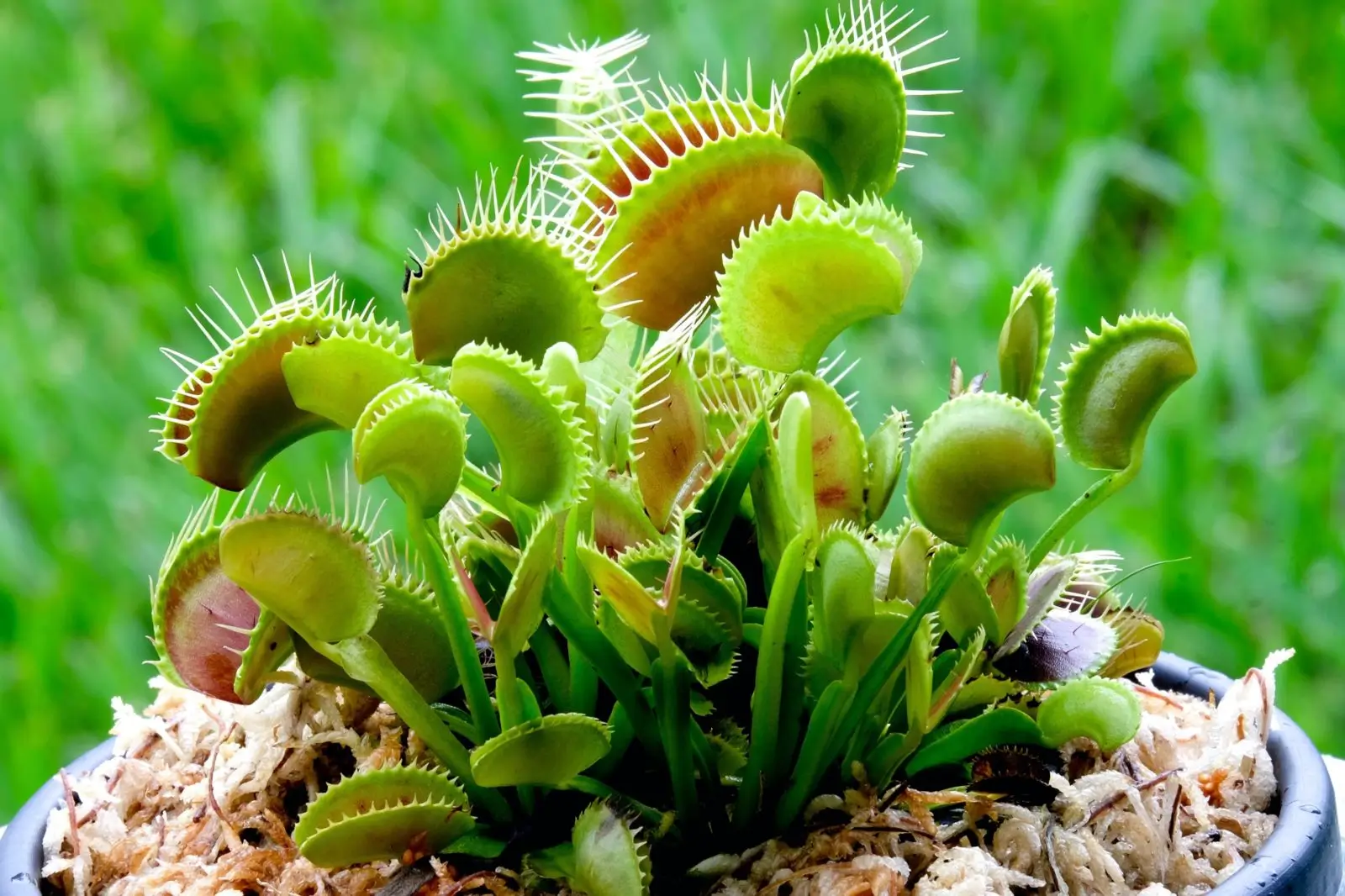
Soil Health & Fertilization
We unite suppliers and green industry professionals worldwide
Acclaimed for its showy flowers and easy maintenance, the African Daisy can be grown in a window box, hanging basket, border as well as in containers. Its flowers in purple, pink, white and yellow blossoms which daisy-like bloom will uplift the spirit of
By Mariam Scott
|Published on June 15, 2025


Do you have a garden and you want something that does not require much attention?
The African Daisy (Osteospermum) flower may be ideal for you! Acclaimed for its showy flowers and easy maintenance, the African Daisy can be grown in a window box, hanging basket, border as well as in containers. Its flowers in purple, pink, white and yellow blossoms which daisy-like bloom will uplift the spirit of any place.
African Daisies hailing from South America are highly adaptable to various environmental conditions making it one of the most favored ornamental plants. Owing to its easy-care nature and wide range of colors, it is no wonder this flower finds a spot in many gardens. Beyond its attractiveness, it's very well suited to hot dry areas, making it perfect for xeriscaping, or gardens needing drought willing plants.
| Common Name | African Daisy |
| Botanical Name | Osteospermum |
| Type | Tender perennial (zones 9–11); often grown as annual |
| Height/Spread | 1–2 feet tall and wide |
| Sunlight Requirements | Full sun (6+ hours daily) |
| Soil Requirements | Well-draining; sandy or loamy, slightly acidic to neutral |
| Watering Needs | Moderate; let top inch of soil dry before watering |
| Bloom Time | Late spring to fall |
| Hardiness Zones | USDA Zones 9–11 (can overwinter indoors elsewhere) |

September 25, 2025
9 minute read
September 24, 2025
9 minute read
September 23, 2025
10 minute read
September 22, 2025
9 minute read


Join as a seller and connect with thousands of B2B buyers nationwide!
Sign Up

Okra
Okra (Abelmoschus esculentus) is a fast-growing, low-maintenance plant native to Africa that loves hot sunny climates and gives gardeners a bounty of edible pods all summer long.

Old Man Cactus
The Old Man Cactus is a slow-growing, long-living cactus that’s perfect for containers, sunny windowsills, or outdoor succulent gardens in warm climates. In spite of how dramatic it looks, this low-maintenance plant is ideal for all plant collectors.

Painted Lady Philodendron
With its striking chartreuse leaves speckled in deeper greens, this tropical climber lives up to its artistic name. Its vibrant foliage only becomes more pronounced as it matures, making it a favorite with plant collectors and casual plant parents.

Venus Fly Trap
A Cascading Beauty With a Name as Sweet as Its Leaves
African Daisies are easy to care for, so even if this is your very first garden, you will have a beautiful one filled with African Daisies! These bright, daisy-shaped flowers will flourish with just a few simple care tips.
Plant African Daisy in full sun and give them well-drained soil to avoid root rot. Though they are drought resistant once established, when in a dry period, water regularly to promote a fuller bloom and overall healthy growth. Some light deadheading and pruning will keep the plant neat and extend its bloom season. Whether to be added to garden beds or containers, just a little routine care will keep these cheerful flowers blooming so nicely through the warmer months.
From novice to skilled level gardeners, the ease of caring for an African Daisy is sure to make it a gardener's favorite. These are the key care tips to help your plant thrive.
The African Daisy requires full sunlight, which means it must get at least six hours of direct sunshine without any obstructions. The presence of a sunny site is important for good growth and vibrant blooms. In areas with hot summers, some afternoon shade can help reduce plant heat stress.
This plant is known to be tolerant of many types of soil ranging from sandy to loamy and prefers well-drained soils. However, it does best with slightly acidic to neutral soils (pH 6.0 – 7.0). Be cautious of thick clayey soils with too much moisture as they can lead to root rot.
After planting, the African Daisy is somewhat drought tolerant, however, it does need some watering during the growth season. The top inches of soil should be checked for dryness, and if dry, then the plant should be deeply watered. It is important to note that overwatering can lead to root rot.
To have neat and more blooms, the African Daisy should be pruned regularly. Regularly pruning the African Daisy is important as it helps the plant stay neat. To give the plant a fresh look, fading or dead blossoms should be cut down. If the plant becomes lanky or overgrown, then reducing its back-off will help promote compact growth. Without frequent pruning, the plant risks turning over woody or wild.
Propagation of African Daisy can be done through cuttings or seeds.
For cuttings:
African Daisies are perfect for plant containers and are a good fit with other flowers on balconies and patios.
As for African Daisy overwintering at USDA zones 9-11 it’s regarded as hardy, while further north more care may be needed in the winter. For potential potted plants, keep indoors if the temps dip below freezing. Reduce watering and keep at a cool, bright space around 50 to 60°F. If growing in the soil, add mulch around the base to help insulate against frost.
The African daisy bloom starts in late spring. The flowers vary from brilliant white, purple, pink, and yellow, and even mix sometimes. To ensure maximum blooming, the plant requires sufficient watering and sunlight. The plant can be deadheaded so that the remaining blossoms extend the flowering period. This way, the gorgeous colors of the garden are maintained for longer.
Despite being a hardy plant, the African Daisy does encounter a few common problems. Among these are:
Ensure the plant is getting light, trim some of the growth, and relocate it if it is stretching too tall and lanky – it may be starving for light.
African Daisies are a perfect combination of beauty and resilience. Their lush, long-lasting flowers add color to any area and they’re so easy to care for that even beginning gardeners succeed with them. These flowers are perfect in borders, pots or baskets, and you can be sure that they will add a splash of color and cheer in your garden. With just a little sun, well-draining soil and occasional care, the African Daisy will reward you months of bold color with minimal fuss. They’re earned their place in every warm-season garden.
Yes, but only if the plant is given a minimum of 6 consecutive hours of direct sunlight each day, ideally placing the plant by a south-facing window.
Water when the surface inch of soil is dry; this may be once a week in summer, though in moderate weather you may water less often.
Yes, it is designated as a perennial in zones 9-11 of the USDA. For colder regions, it is generally considered an annual or stored indoors during winter.

Soil Health & Fertilization
Victor Miller

Pest Identification & Prevention
Victor Miller

Lawn Care Tips & Maintenance
Victor Miller

Soil Health & Fertilization
Victor Miller

Smart Irrigation Systems
Victor Miller

Patios, Walkways & Driveways
Victor Miller

Soil Health & Fertilization
Victor Miller

Pest Identification & Prevention
Victor Miller
My Account
Our team is always here to help.
We are open Monday - Friday, 9:00 AM to 4:30 PM PST.